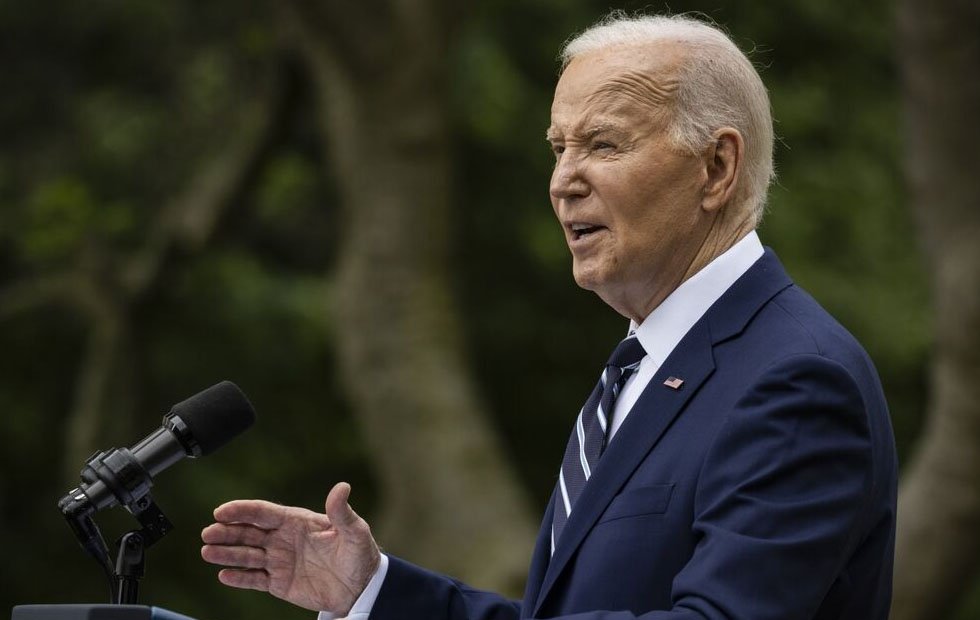Strategic Diplomacy & Alliance Building
Strategic diplomatic measures to challenge China’s expanding influence in Asia have been considerable under Joe Biden. These programs strengthen the U.S.’s involvement in peace and stability by forming alliances and economic ties with regional nations.
| Date | Event | Location | Key Outcomes |
|---|---|---|---|
| April 11, 2024 | U.S.–Japan–Philippines Trilateral Summit | Washington, D.C. | First-ever trilateral leaders’ meeting focused on regional security and infrastructure investment. |
| May 23, 2022 | Launch of the Indo‑Pacific Economic Framework (IPEF) | Tokyo | Economic initiative with 14 nations to promote resilience against China-backed RCEP. |
| August 18, 2023 | Quad Coordination at Camp David | Camp David | Affirmation of joint military exercises and supply chain security. |
High-Profile Visits & Partnerships
Biden’s administration has held several high-profile visits and conferences to promote Indo-Pacific cooperation and address security and economic issues.
| Date | Event | Location | Key Outcomes |
|---|---|---|---|
| September 28–29, 2022 | U.S.–Pacific Island Country Summit | Washington, D.C. | Formation of U.S.–Pacific Partnership and $860 million aid commitments. |
| September 2023 | Shangri-La Dialogue | Singapore | Call for increased defense spending among allies due to China’s military threat. |
| October 27, 2021 | US–ASEAN Summit | Virtual | Pledge of $102 million in aid and elevation of U.S.–ASEAN ties to a Comprehensive Strategic Partnership. |
Economic & Information Influence
Biden’s government has sought other economic growth paths and countered China’s information supremacy, but problems persist.
| Date | Event | Action | Impact |
|---|---|---|---|
| June 6, 2025 | Radio & Soft Power | U.S. defunding of RFA channels | China’s creation of 80 new shortwave channels, enhancing narrative control. |
Additional Steps & Strategic Goals
Several economic and security strategies have been implemented to increase U.S. involvement and fight Chinese policies.
| Date | Event | Location | Key Outcomes |
|---|---|---|---|
| September 2024 | U.S.–Vietnam Relations | Hanoi | Elevation of bilateral relations to a Comprehensive Strategic Partnership. |
Impact & Analysis
To challenge China’s Belt-and-Road plans, the Biden administration seeks to build a network of alliances, commercial ties, and defence cooperation across Asia. These measures demonstrate America’s regional security commitment, but media influence and policy execution remain issues.
Challenges Ahead
To overcome China’s narrative monopoly, the U.S. needs effective policy implementation and media influence restoration.
Looking Forward
The U.S. must restore independent media platforms, turn economic frameworks into initiatives, and retain strong defence partnerships in Asia.
FAQ
How has Biden resisted China’s Asian influence?
Diplomatic summits, economic frameworks, and defence collaborations strengthen alliances and oppose regional aggression.
What is the significance of the IPEF?
This economic project involves key Indo-Pacific economies to offer an alternative to China’s RCEP.
The U.S. faces what Asian challenges?
Policies, public opinion, and media impact must be addressed amid Chinese propaganda.



